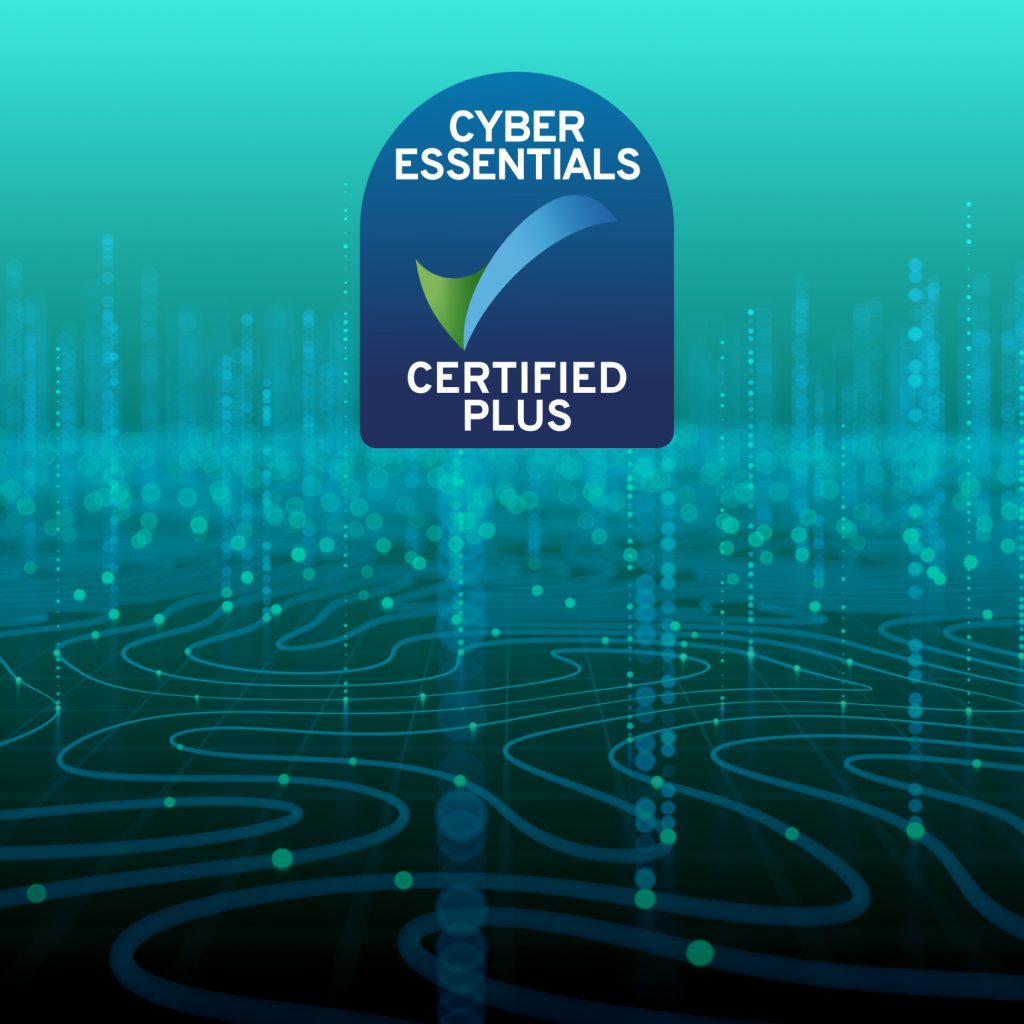So you've decided to hire an offshore team. In the first edition of our Outsourcing challenges blog series, we shared some best practices for hiring an effective offshore software development team. We have also compared offshore vs onshore vs nearshore outsourcing and explored how to structure your team for success. Here are the links to those pieces, in case you've missed them:
- Offshore vs Nearshore Outsourcing: What’s Best for Your Business?
- Offshore Outsourcing Challenges Part 1: How to Hire an Effective Team
- Outsourcing Challenges Part 2: Offshore Software Development Team Structure
- Outsourcing Challenges Part 4: Software Development Contract Warning Flags
In this post, we'll explore the process of building a no-fail offshore knowledge transfer plan for IT projects. We suggest you to consider it as your knowledge transfer checklist for a successful project start. Oftentimes, offshore teams can receive blame for a project, not meeting expectations. However, the cause of missed expectations is often unclear or misrepresented expectations. To ensure this does not occur, you need a clear knowledge transition plan. Having the plan in place helps outline key responsibilities and checkpoints for both the offshore team and the current internal (or consulting) team.
When implementing a knowledge transfer plan for IT projects, the process will look different across different levels of the organization. At the organizational level, all teams need to be identified and their responsibilities must be clearly defined throughout the process. This will be touched on more in Phase 1 and 2 below, but in short, the organization needs to be very exploratory answering questions such as what are our current processes involved with this project, who owns each process and what will need to be produced in order to measure success of the transfer, similar to an OKR (Objectives and Key Results) or a sprint goal.
At the team level, teams will need to have objectives (again, similar to those OKRs and/or sprints) clearly defined so there is no confusion as to their end goal. This will likely involve documentation and regularly occurring meetings (such as stand ups or daily/weekly scrums). It is best to treat knowledge transfer just like any other project or sprint in order to keep teams in rhythm and on task. Of course, this trickles down to the individual, their responsibilities and if they have any specific objectives.
Phase 1: Performing a Deep Dive on Roles and Responsibilities
Before any plans are made or meetings are held with the new offshore team, organizations must first look inward. No, not in a zen way, but instead in a pragmatic way. Oftentimes, organizations will begin throwing work at an offshore team as roles and responsibilities of the prior team comes to light. This causes disorganization, reduces clarity and balloons costs over initial estimates. To ensure this does not occur, it is critical for organizations to meet with the current team.

In these meetings, it must become clear what everyone’s role is, what they are responsible for, what their process is like and what time commitments are being made to help understand the ask of the offshore team. Once the full 360-degree view of the project has come into focus, organizations can then move on to phase two.
Phase 2: Breaking Down Silos
Siloed knowledge is a symptom of nearly every organization. While tools like confluence or document repositories look to combat this, even the best and most communicative organizations can suffer from tribal knowledge. When speaking with contributors in phase one, trends and repetitive work may begin coming to light, which ultimately can be eliminated and streamlined once the offshore team is engaged.
The more repetitive work can be avoided, less and less can be asked of the offshore team, which will ultimately lower the cost for the project. Once roles and responsibilities have been consolidated and clear goals and objectives have been defined for the offshore team, the written transfer of knowledge can begin.
Phase 3: Setting Clear and Overarching Goals
In can be easy for an offshore team to get lost in the day-to-day processes of a project, forgetting about the light at the end of the tunnel. Before documentation is delivered, it is important to define what the end goal of the team will be, then plot a course to that goal through well-written guidelines.
These goals should be at the forefront of the knowledge transfer, reminding the offshore team of what they are striving to accomplish. It may be measured in sprints, OKRs or KPIs, but no matter the measurement, the offshore team must know early in the process what they’ll be delivering at the end of their engagement.

Phase 4: Creating Detailed Documentation of Current Processes
While this is the third phase of the process, it is the first touchpoint for the offboarding team. Detailed documentation of the organization’s current process should be thorough, well-written and scalable. It should start by defining the project’s terminology and workflows without any assumed knowledge, which can be difficult to avoid when those writing the documentation are so close to the project or tasks.
Once terms and tasks have been defined plainly, then the processes and services used can begin to come into the picture with documentation being as granular as required. Remember, throughout this process, it is important to be as removed from the current knowledge as possible, and this documentation should be proofed as if the person reading it will follow what is written word for word. Once documentation is crystal clear, it can be delivered to the offshore team through training, calls or meetings.
Phase 5: Defining Tasks and Responsibilities for the New Team
Perhaps the offshore team is working alongside an internal team, or the offshore team may be running the entire project independently. No matter which is the case, they need to be treated as if they are a full-fledged part of the internal organization. An often overlooked aspect of knowledge transfer is the back-and-forth dialogue that goes with it.
To ensure a proper transfer of knowledge is complete, regular meetings must be scheduled to check in with the offshore team. If there is any confusion or questions arise, getting together consistently will ensure everyone remains on the same page and no one veers off track for any length of time.
Phase 6: Measuring Goals and Objectives
While check-ins are a good intermediary step to monitor day-to-day alignment, measuring goals and objectives is critical for the long-term. No matter if your measurements are in sprints, waterfall, OKRs or KPIs, this will ensure the offshore team is meeting expectations, and it will be a good indicator of how well the transfer of knowledge was performed. If there are any lags in performance or shortfalls when it comes to meeting goals, they should be analysed and improved for the next transfer of knowledge.
Related Insights

















